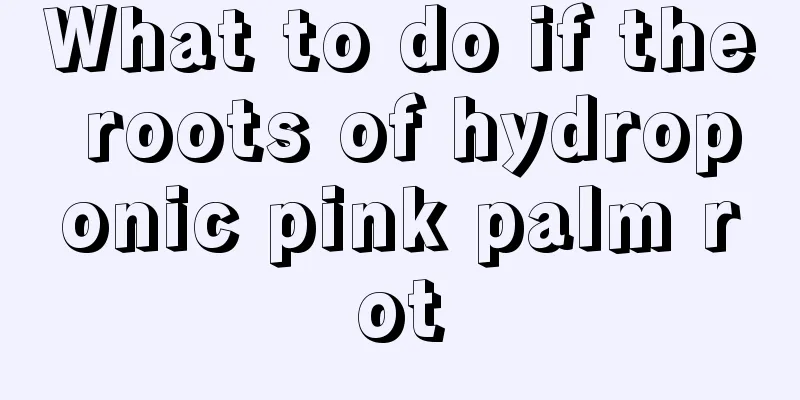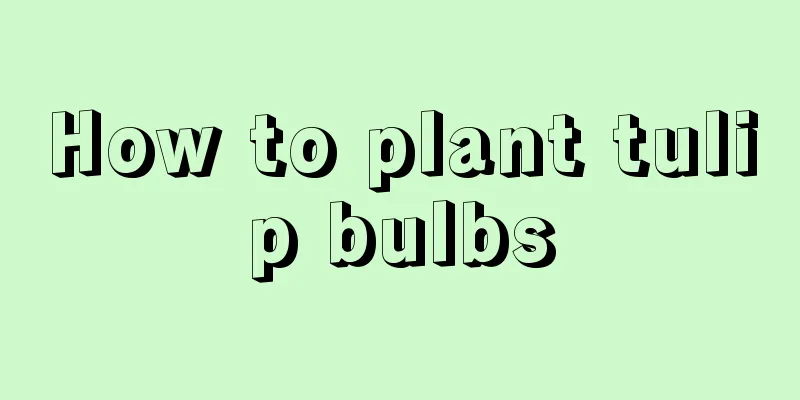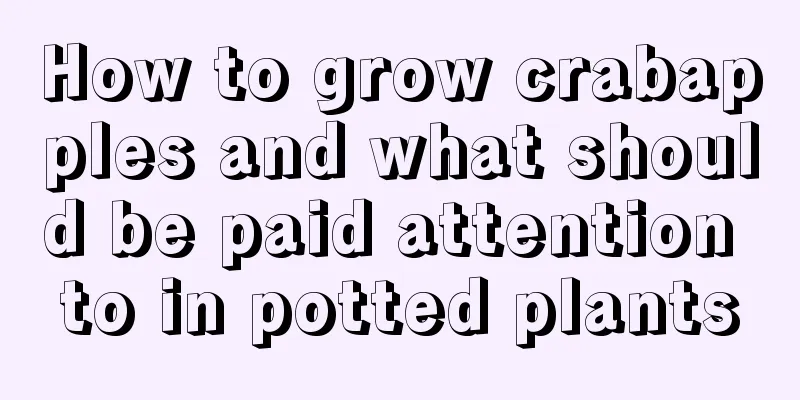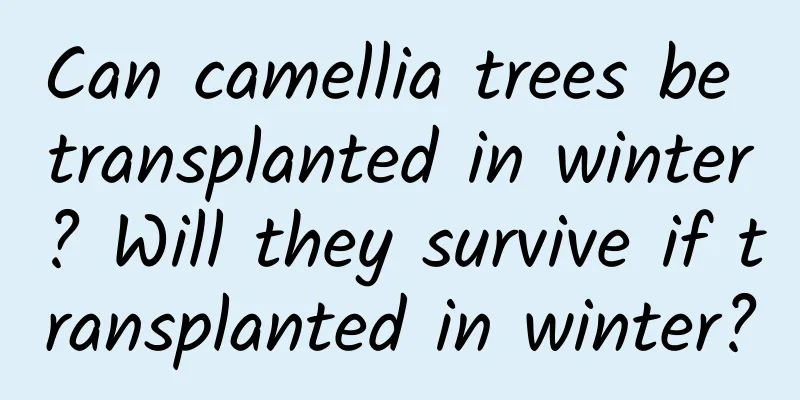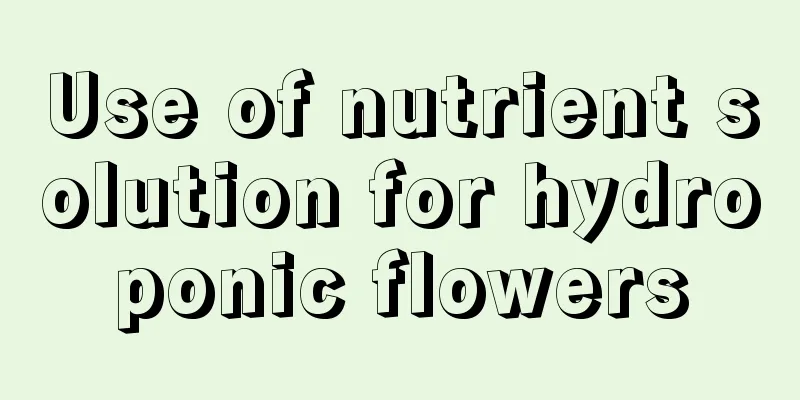What fertilizer is good to apply after bagging apple trees (when is the best time to apply top dressing after bagging apple trees)
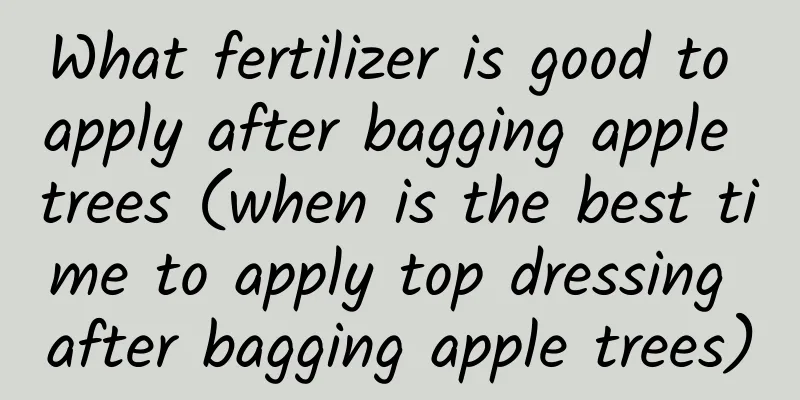
How to apply fertilizer after baggingAfter apples bloom and set fruit, they go through the second fruit drop period and then are bagged. The bagging time for apples is generally about 45 days after blooming, usually from early to mid-June. So how should we apply topdressing after bagging? What are the benefits of bagging? 1. Control nitrogen and increase phosphorus and potassium to improve fruit quality:Excessive application of nitrogen fertilizer will cause poor fruit coloring, reduced sugar content, rough flesh, low fruit hardness, and many physiological diseases during storage. Therefore, nitrogen fertilizer should be controlled in orchards with relatively good fertilizer and water conditions.Generally, the amount of hydrogen applied to fruit trees should be controlled to a level that is slightly lower than or slightly limits the tree's nitrogen nutrition level, and phosphorus and potassium fertilizers should be appropriately increased. For bagged orchards with many fruits, 0.5-1 kg of phosphorus and potassium fertilizers are generally applied to each plant or 0.2%-0.3% potassium dihydrogen phosphate is sprayed on the leaves to promote fruit coloring and increase the sugar content and intrinsic quality of the fruit. 2. Timely calcium supplementation:Calcium deficiency in bagged fruits can easily cause some physiological diseases, such as bitter pox, pox spot, water core disease, fruit shrinkage disease, red spot disease, etc., so it is very important to supplement calcium for bagged fruits in time. There are three key periods for calcium supplementation of bagged fruits. 1. Within 40 days after the flowers fall, use 300 times diluted calcium nitrate and spray the leaves 2 to 3 times. 2. In summer, combine spraying with amino acid calcium and spray on the leaves or apply on the stems. 3. Before picking the fruit, remove the bags and spray the leaves with 300 times calcium chloride solution. In order to improve the absorption and utilization rate of calcium by fruit trees, add 0.3% boron fertilizer or special effect enhancer when spraying calcium for better results. 3. Watering at the right time:Proper watering during the growth period of bagged fruits is conducive to fruit expansion. Water once 2 to 3 days before removing the bags. Benefits of Apple Bagging1. Bright color, tender and shiny skinBagging can significantly improve fruit coloring, achieving full red fruit, smooth and beautiful fruit surface, no fruit rust, and good appearance. According to experiments, the proportion of fruit surface coloring greater than 75% accounts for 86.7%. 2. Prevent diseases and pestsAfter bagging, the fruit is isolated from the outside world, and pathogens and pests cannot invade, which can effectively prevent and control the damage of pests and diseases such as ring rot, sooty mold, leaf spot, pox spot, peach borer, and pear stink bug. 3. Reduce hail damageHail often occurs during the young fruit stage, when the fruit is still small and hanging in the bag, and the hail falls on the swollen bag, slowing down its mechanical impact and protecting the fruit from damage. 4. Conducive to the production of green foodAfter bagging, the fruit does not come into direct contact with the pesticide, and the number of times the pesticide is sprayed can be reduced. Orchards without bagging need to spray pesticides 8 times a year, while orchards with bagging only need to spray pesticides 4-5 times. It can effectively reduce the amount of pesticide residues, is conducive to the production of pollution-free green food, and lays the foundation for export and foreign exchange earnings. 5. High economic benefitsIn recent years, the apple market has shifted from a seller's market to a buyer's market, and merchants have become increasingly stringent on fruit quality. Although some orchards have high yields, their commodity rates are low and their benefits are not good. Bagging can increase the commodity rate of orchards to about 90%. At the same time, the fruit surface is tender and smooth, the color is bright, the appearance is excellent, the pesticide residue is low, the price is high, and it is easy to sell. Judging from the market sales last year, the price of bagged fruit is about twice that of unbaked fruit, and the supply is in short supply. Strict control in the late stage of fruit growth, especially near maturity, is conducive to the coloring of fruit trees. |
Recommend
How to plant roses so that they can survive and grow well (potted rose cultivation methods and techniques)
Chinese rose is a kind of flower of the genus Ros...
What should I do if the goldfish plant grows too tall?
What does it look like when the goldfish spider p...
The efficacy and function of daisy
Whitening effect Daisy is a natural beauty produc...
How to care for newly bought Oxalis
1. Soil When you first buy it, don't rush to ...
Is loofah high in carbohydrates or vegetables?
Luffa is a common vegetable and also a grain crop...
How long does it take for cherry cuttings to take root? Rooting method of cutting propagation
Cherry cutting rooting time The recommended time ...
Where to keep Silver Queen
Silver Queen in the living room You can put the S...
How to remedy the yellowing of white palm leaves
1. Increase the temperature Reason: The temperatu...
If you grow a pot of this "fruit" in winter, the branches will be full of fruits, and you will never have to worry about food throughout the winter!
Vegetables are something we eat all year round. T...
This kind of small chrysanthemum is not only worry-free but also beautiful, and even a novice can grow it into a big flower ball!
Qiantouju is well-deserved, anyone can become a g...
Corn planting time and method
Corn planting time Corn can be divided into sprin...
Cultivation methods and precautions of octagonal wood
Star anise trees are relatively easy to grow. The...
How long is the growing period of rapeseed?
How long is the growing period of rapeseed? The g...
Feng Shui Effects of the Green Treasure Tree
1. Feng Shui meaning In Feng Shui, whether accord...
How to save sunflower seeds
Where do sunflower seeds come from? Sunflower bel...
